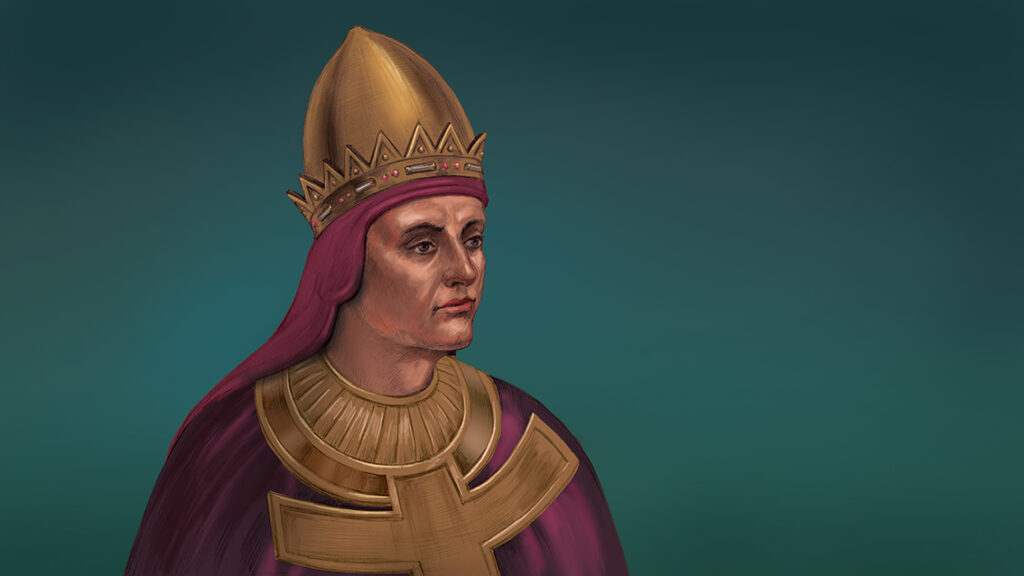
4. THE four hours
Rev 11:13, Rev 14:6, Rev 14:15, Rev 17:12
The Book of Genesis describes the years from Adam until Abraham as 1948 years. The Gospel of Matthew lists all the generations from Abraham until Christ—three sets of fourteen generations. The years in Genesis, and the generations in Matthew explain the genealogy of Christ from 3,761 BC.
According to the prophecy of Gen 15:13, the Exodus of the Israelites from Egypt occurred in 400 years after the birth Isaac. This began the Jubilee of Jubilees, the 50th period of 50 years from creation.
In Revelation 15, the saints in heaven sing Moses’ song of deliverance to celebrate their salvation when Christ returns.
According to the prophecies of Daniel and Revelation, Christ’s return will occur after the Jewish year 6,400. Jewish years begin with the creation of man.
Are there not twelve hours in the day?
John 11:9
These 6,400 years of man can be divided into 12 hours, 12 periods of 533 years. The Bible describes 12 hours in a day. The Gospel of John, and the First Epistle of John, describe the hour of the Apostolic age that was ended by the Antichrist.
In the Book of Revelation, we find the last four “hours” of man.
The first is foretold in Revelation 17. John said the ten kings, the ten states of Europe, would reign with the beast for “one hour.” This began with the East–West Schism of 1054.
The second hour is described in Revelation 11. In that hour, a tenth of the city fell in a great earthquake. The Earth represents the people, and a quake is their shaking in war. In the Reformation, religious wars killed a tenth of the people in Europe.
In Rev 8:1, we read, “There was silence in heaven for half an hour.” In 1648, the Reformation wars ended with the Peace of Westphalia, and the martyrs ceased crying out in heaven. A half an hour, or 267 years, brings us to 1917, when fire was poured out of the altar, and “the hour of God’s judgment” began.
The final hour is the “hour to reap … the harvest.”
5. The ten kings
The first hour described in the Book of Revelation is the reign of the ten kings with the beast.
The beast was symbolized by the “little horn” that came up among ten horns in the Book of Daniel. In Chapter 7, the little horn was described as “different from the first ones,”Dan 7:24 different from the ten horns.
This little horn was the power of Satan, who exalted himself as high as Christ when the bishop of Rome wrote letters of excommunication to the churches of Asia.
The ten horns in Daniel 7 came out of an exceedingly dreadful beast, which we know to be Rome. In verse 24, we are told that “the ten horns are the ten kings who shall arise from this kingdom.” Through the bishop of Rome, Satan continued to exercise his power.
They receive authority as kings with the beast for one hour.
Revelation 17:12
Of course, more than ten kingdoms came out of the Roman Empire, but the identities of these kingdoms are clear from John’s statement: “They receive authority as kings with the beast for one hour.”Rev 17:12
An hour in the Book of Revelation is understood as about 533 years, which is 1/12 of the human clock of 6,400 years. After the East–West Schism in 1054, only ten states remained with the pope, including the Bohemians, who first broke free from the papacy in 1471. The political relationships of the pope with these states did not end, however, until the 16th century.
The pope gave his power to the kings of Europe, even appointing them as kings. In turn, the kings of Europe gave their power to the pope. From Hildebrand’s time in 1073, the popes exercised significant authority. Hildebrand of Sovana, known as Pope Gregory VII, excommunicated Emperor Henry IV three times and declared that “the deposal of an emperor was under the sole power of the pope.”1


- Dictatus Papae, 1075 ↩︎
